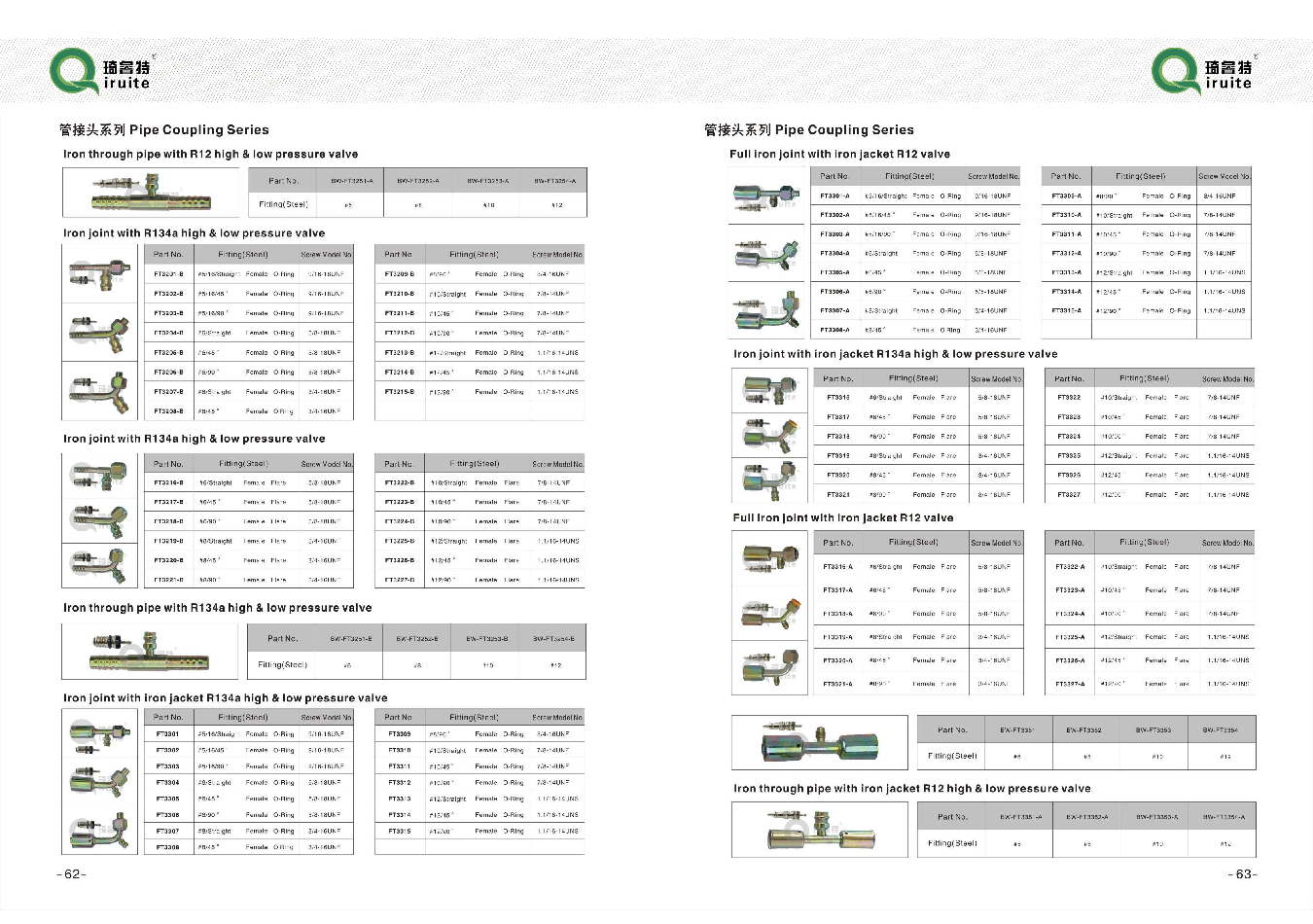high pressure power steering hose replacement
Replacing High Pressure Power Steering Hose A Comprehensive Guide
The power steering system is a crucial component of modern vehicles, ensuring that drivers can easily maneuver their cars. One essential part of this system is the high-pressure power steering hose, which transports hydraulic fluid from the pump to the steering gear. Over time, this hose can wear out or develop leaks, leading to diminished steering performance and potential damage to the entire steering system. If you notice signs of a failing high-pressure power steering hose, such as fluid leaks or difficulty steering, it’s essential to replace it promptly.
Identifying the Need for Replacement
Signs that your high-pressure power steering hose may need replacing include puddles of fluid under the vehicle, a whining noise when turning the steering wheel, or a stiff steering wheel. These symptoms indicate that the hose is likely compromised and should be inspected. When checking the hose, look for signs of cracking, bulging, or any visible leaks. If any of these symptoms are present, it’s best to replace the hose to avoid further damage.
Gathering Necessary Tools and Materials
Before beginning the replacement process, ensure you have the right tools and materials. You’ll need a new high-pressure power steering hose, fluid for the power steering system, wrenches, screwdrivers, and a catch basin for hydraulic fluid. It’s also a good idea to have safety goggles and gloves to protect yourself during the repair.
The Replacement Process
1. Preparation Start by parking the vehicle on a flat surface and turning off the engine. Ensure the car is cool before beginning the repair to avoid injury.
high pressure power steering hose replacement

2. Drain the Fluid Using the catch basin, drain the power steering fluid from the system. This is typically done by loosening the reservoir cap and allowing the fluid to flow out.
3. Remove the Old Hose Locate the high-pressure power steering hose, which usually runs from the pump to the steering rack. Use the appropriate tools to detach the hose from both ends. Be prepared for any residual fluid to spill out during this process.
4. Install the New Hose Take the new high-pressure power steering hose and connect it to the same points where the old hose was attached. Ensure the fittings are secure and tight to prevent leaks.
5. Refill the System Once the new hose is installed, refill the power steering reservoir with the appropriate hydraulic fluid. Be sure to check your owner’s manual for the correct fluid specifications.
6. Test the System Start the vehicle and turn the steering wheel from lock to lock several times to help circulate the fluid through the new hose. Check for any leaks and ensure the steering operates smoothly.
Conclusion
Replacing a high-pressure power steering hose may seem daunting, but with the right tools and a bit of patience, it can be accomplished by most DIY enthusiasts. Regular maintenance of the power steering system will help ensure your vehicle remains safe and easy to drive. If you're ever in doubt, don’t hesitate to consult a professional mechanic for assistance.
-
Ultimate Spiral Protection for Hoses & CablesNewsJun.26,2025
-
The Ultimate Quick-Connect Solutions for Every NeedNewsJun.26,2025
-
SAE J1401 Brake Hose: Reliable Choice for Safe BrakingNewsJun.26,2025
-
Reliable J2064 A/C Hoses for Real-World Cooling NeedsNewsJun.26,2025
-
Heavy-Duty Sewer Jetting Hoses Built to LastNewsJun.26,2025
-
Fix Power Steering Tube Leaks Fast – Durable & Affordable SolutionNewsJun.26,2025

